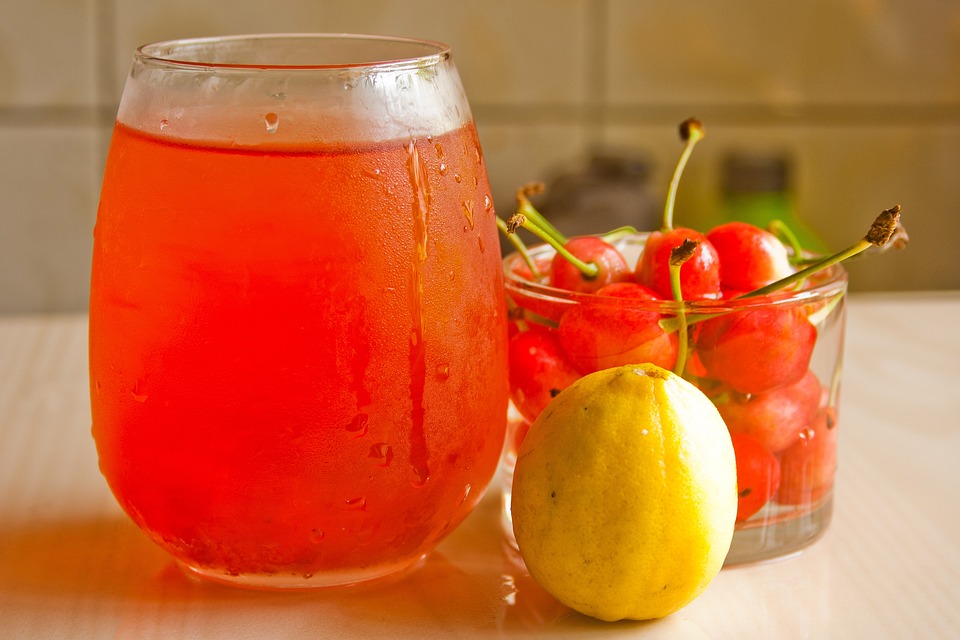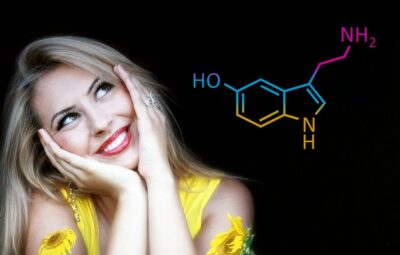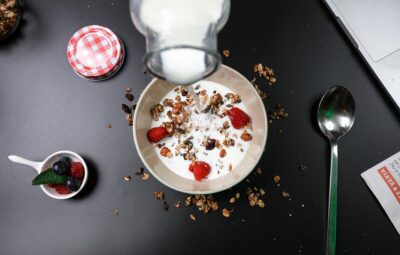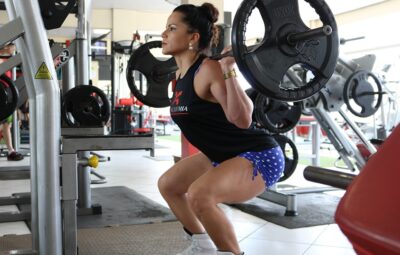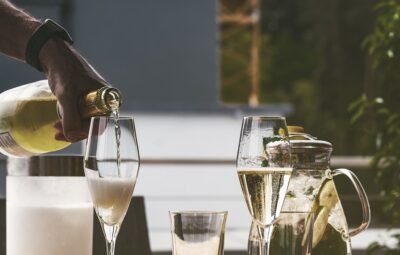Fruit juices, and cherry juice, in particular, have become increasingly popular in recent years due to the belief that they offer substantial health benefits. But check labels carefully when buying it. Some brands add sweeteners, while others mix cherry juice with other types of juice.
Cherry juice does not provide the same health benefits as whole cherries because it does not contain any fiber and is likely to be higher in sugar. If you drink cherry juice in moderation, it can be part of a healthy diet.
All About Tart Cherry
The FDA warned cherry growers that they could not continue to make claims that the cherries they grew could reduce pain and inflammation.
The FDA asked cherry growers to stop claiming that cherries have unique anti-inflammatory properties based on published scientific studies. These compounds have similar anti-inflammatory effects to ibuprofen and naproxen but without the serious side effects.
The standard treatment for muscle pain and inflammation has been with nonsteroidal anti-inflammatory drugs. With over 111 million prescriptions and accounting for around 60% of over-the-counter pain reliever sales in the USA alone, these are some of the most commonly used types of medications.8 But because they can have deadly side effects, including gastric bleeding, heart attack, and kidney failure, the search for natural agents that could prove more beneficial and safer has gained increased attention.
Studies have shown that compounds in cherries can help protect against various conditions that are caused by inflammation, including cancer, cardiovascular disease, metabolic syndrome, and Alzheimer’s disease. The constituents of tart cherry can have a major impact on gene regulation, cell signaling, and cardiovascular health, reducing the risk of mortality by 65%.
Broad-Spectrum Tart Cherry Compounds
Anthocyanins are a class of flavonoids that are very powerful. Pigments that are responsible for the deep colors in some berries, fruits, and vegetables are called “powerhouse nutrients.” Tart cherries have high levels of antioxidants and anti-inflammatories.
Tart cherries have high levels of anthocyanins that are not found in other foods that are rich in anthocyanins, such as blueberries or bilberries.
Tart cherries have a unique composition that goes beyond just anthocyanins.
Tart cherries have been shown to have higher amounts of total phenolics, including anthocyanins, than their cousins, sweet cherries.
Tart cherries have more antioxidant content per serving than red wine and dark chocolate.
The wide range of benefits observed in people who consume tart cherry prompted researchers to look closer into the biochemistry of how this fruit affects the body. They discovered that there are many biochemical pathways that are influenced by compounds found in tart cherries.
The range of activity was breathtaking. There are several benefits to consuming tart cherries as they contain bioactive compounds that inhibit some enzymes while boosting others. These benefits include activating cancer defenses, regulating glucose, and enhancing primary antioxidants. We’ll examine this multi-potent network of underlying mechanisms later.
SWEET OR TART: WHICH TYPE OF CHERRY PACKS THE MOST POWERFUL PHENOL PUNCH?
There are different types of cherries, and each one contains different levels of potent compounds.
The two types of cherries that are grown are sweet cherries and tart cherries. Sweet cherries are also called wild cherries, and tart cherries are also called sour cherries or pie cherries.
All cherries are rich in antioxidants and other nutrients. -22 Tart cherries contain higher levels of anthocyanins, phenolic compounds, and other nutrients than sweet cherries.
Tart cherries are a different type of cherry than the sweet cherries you would find at the grocery store. Tart cherries are less common but more potent. They are used for baking and are usually frozen, canned, dried, or juiced. You may be able to find tart cherries at a farmer’s market. Fortunately, standardized extracts of tart cherries are available.
Superior Results
The study found that consuming sweet cherries reduced the number of biomarkers associated with inflammatory diseases after 28 days. The decreased inflammation indicators included a 20% reduction in blood levels of C-reactive protein and a 19.9% reduction in blood levels of plasminogen activator inhibitor-1. A new ligand for advanced glycation end products has been found that reduces their levels by 29%.
The takeaway message? Tart cherries have twice the phenol content as sweet cherries and therefore provide a greater degree of anti-inflammatory impact.
Though both sweet and tart cherries contain sugar, tart cherries have significantly less sugar and calories than sweet cherries.
Health Benefits Of Tart Cherry Juice
There are several health benefits associated with cherry juice. Many of them are related to their anti-inflammatory potential. Research is ongoing to determine how cherries, cherry juice, and other forms of cherry might affect the body.
Muscle Protection
Any kind of high-intensity or prolonged physical activity usually results in muscle damage, which causes oxidative stress, inflammation, and pain.
The aging process causes a decrease in muscle mass and strength; a condition called sarcopenia. Exercise might be able to help slow down the aging process, but post-workout pain and weakness will still last longer than usual.
Researchers looked into whether tart cherries could be used to help with inflammation, pain, and muscle repair after observing the anti-inflammatory benefits they had.
Research has shown that consuming tart cherry juice can help to lower inflammation-induced pain in rats and can also help to lower indicators of exercise-induced muscle damage in horses.
After that, researchers looked into controlled human trials to see the effect of tart cherries on pain after doing intense exercise.
In a double-blind, randomized trial, the effects of tart cherry juice consumption were tested on runners participating in a 24-hour relay race. Before and during a race, runners drank either tart cherry juice or a placebo beverage. If you drink two 355 mL bottles of tart cherry juice each day, you will get at least 80 mg of anthocyanins. This is the equivalent of 90 to 100 cherries.
Both groups reported pain after the race. The runners who drank tart cherry juice experienced less pain after the race. Tart cherries appear to help protect against muscle damage.
To confirm this theory, scientists conducted a trial to test its effects on muscle recovery. Volunteers were given either tart cherry juice or a control drink five days prior to, the day of, and for two days after a marathon race.
The runners who took tart cherry had lower levels of inflammation than the runners who took the placebo. The tart cherry group also showed a faster recovery of isometric strength than the control runners, suggesting a quicker bouncing back after strenuous exercise.
A different research team gave 14 male college students who never exercised 12 ounces of a tart cherry juice blend or a placebo twice daily for 8 consecutive days to further assess the potential decrease in muscle injury and strength loss. After that, the participants did a type of exercise that usually causes muscle damage (elbow flexion eccentric exercise). Before and four days after the protocol, isometric elbow flexion strength, pain, and muscle soreness were measured.
The control group’s arm strength decreased by 30% after 24 hours, while the tart cherry group’s arm strength was diminished by only 12%. Remarkably, while the control group’s arm strength had decreased by over 10%, the tart cherry group’s arm strength had increased by 6%.
The researchers found that taking tart cherry significantly reduced pain and the loss of strength that comes from exercise, as well as preserving muscle function.
The trial involved 10 males, half of whom consumed an ounce of tart cherry drink twice a day for 10 days while the other half consumed an equal amount of placebo drink. All subjects completed two sets of an intensive, unilateral leg exercise with one leg before the ten-day beverage consumption period and the other leg after the beverage period.
Tart cherry juice was shown to help the knee recover faster than the control group. The researchers ended by saying that the improved muscle recovery time was most likely caused by the attenuation of oxidative damage.
The study author suggested that tart cherry components produce a significant benefit by protecting the muscles.
Quelling the Chronic Inflammation of Obesity
Chronic inflammation can cause a number of serious health problems, including cancer and heart disease. Obesity is not only a result of chronic low-level inflammation but can also be a cause of it.
The main function of adipose cells is to store fat. However, they are also chemically active and generate pro-inflammatory cell-signaling molecules known as cytokines. This is especially true for obese individuals who tend to deposit fat around their belly area. If left unchecked, these cytokines can start a chain reaction that can cause various degenerative diseases.
Obese or overweight adults who consumed 8 ounces of tart cherry juice daily for 4 weeks demonstrated lower inflammation. The decreased levels of erythrocyte sedimentation rate, tumor necrosis factor and monocyte chemotactic protein show that there was less inflammation.
It is clear that tart cherries have the ability to inhibit chronic, low-level inflammation, which is often related to obesity and can lead to many disorders. It is possible that tart cherries could also inhibit obesity itself.
May Improve Heart Health
Researchers are investigating if tart cherry juice can help lower systolic blood pressure and LDL (“bad”) cholesterol. Both of these are risk factors for cardiovascular disease.
The researchers who conducted the 2019 study conducted another study to understand how cherry juice affects blood pressure and cholesterol. Although the study was small, it involved a diverse group of men and women between the ages of 65 and 80 years. Participants in the study drank either tart cherry juice or a control drink every day for 12 weeks.
The cherry juice group showed lower levels of systolic blood pressure and LDL cholesterol at the end of the study. Authors of the study believe that cherry juice’s anti-oxidative and anti-inflammatory properties may be responsible for its heart-health benefits, but they caution that more extensive research is necessary to verify these claims.
It is important to remember that not all research investigating the connection between cherry juice and heart health has found positive results. A study done with 47 healthy adults aged 30 to 50 years old found that cherry juice concentrate consumed for six weeks had health benefits.
At the end of the study, no improvements were found in any of the following areas: arterial stiffness, C-reactive protein, systolic blood pressure, diastolic blood pressure, total cholesterol, or high-density lipoprotein cholesterol. The authors of the study concluded that the juice did not provide any benefit in terms of risk markers for cardiovascular disease but did provide a slight increase in antioxidant status.
When It’s Best
Even though cherries are only in season during the summer, you can still find cherry juice in most supermarkets all year long.
Storage and Food Safety
Always look for juice that has been pasteurized. If the juice has not been treated with pasteurization or any other method, it may contain harmful bacteria, as stated by the FDA. If juice has not been treated, it will carry a warning label from the FDA. The rule only applies to juice that is sold by the bottle, not by the glass.
Macrobiotic expert Michio Kushi also believes that it is beneficial to drink juice that has been refrigerated. Cherry juice manufacturers suggest that you refrigerate juice after it has been opened, and macrobiotic expert Michio Kushi also believes that it is beneficial to drink juice that has been refrigerated. If you refrigerate your juice, it will usually stay fresh for around 9-12 days. Cherry juice can also be frozen and saved for future use.
If you make your own juice at home, be sure to follow good food handling practices:
- Wash your hands for at least 20 seconds with soap and warm water before and after making the juice.
- Wash your cherries under running water without the use of soap, detergent, or a commercial produce wash.
- Cut away any damaged or bruised areas, and throw away cherries that look rotten.
- Dry the cherries after washing with a clean cloth towel or paper towel to further reduce bacteria that may be present on the surface.
How to Prepare
Although it may take some time, you can make your own cherry juice at home. The amount of time it takes varies depending on the method you use. You can use the cherry variety (or blend of varieties) that you prefer when you make your own juice.
Begin by washing and stemming your cherries. You should get around 1.5 pounds of cherries for each liter of juice. Boil cherries in a deep pot with 2.5 cups of water. Cook in water just below the boiling point for 15 to 20 minutes, then remove food from the liquid with a sieve Squeeze the fruit to get all the juice out.
Choose whether or not to add sugar or other ingredients. If you do choose to add them, put the juice back in the pot and heat it up again before adding the ingredients. It may take longer than 10 minutes for the sugar to dissolve completely in the juice.

